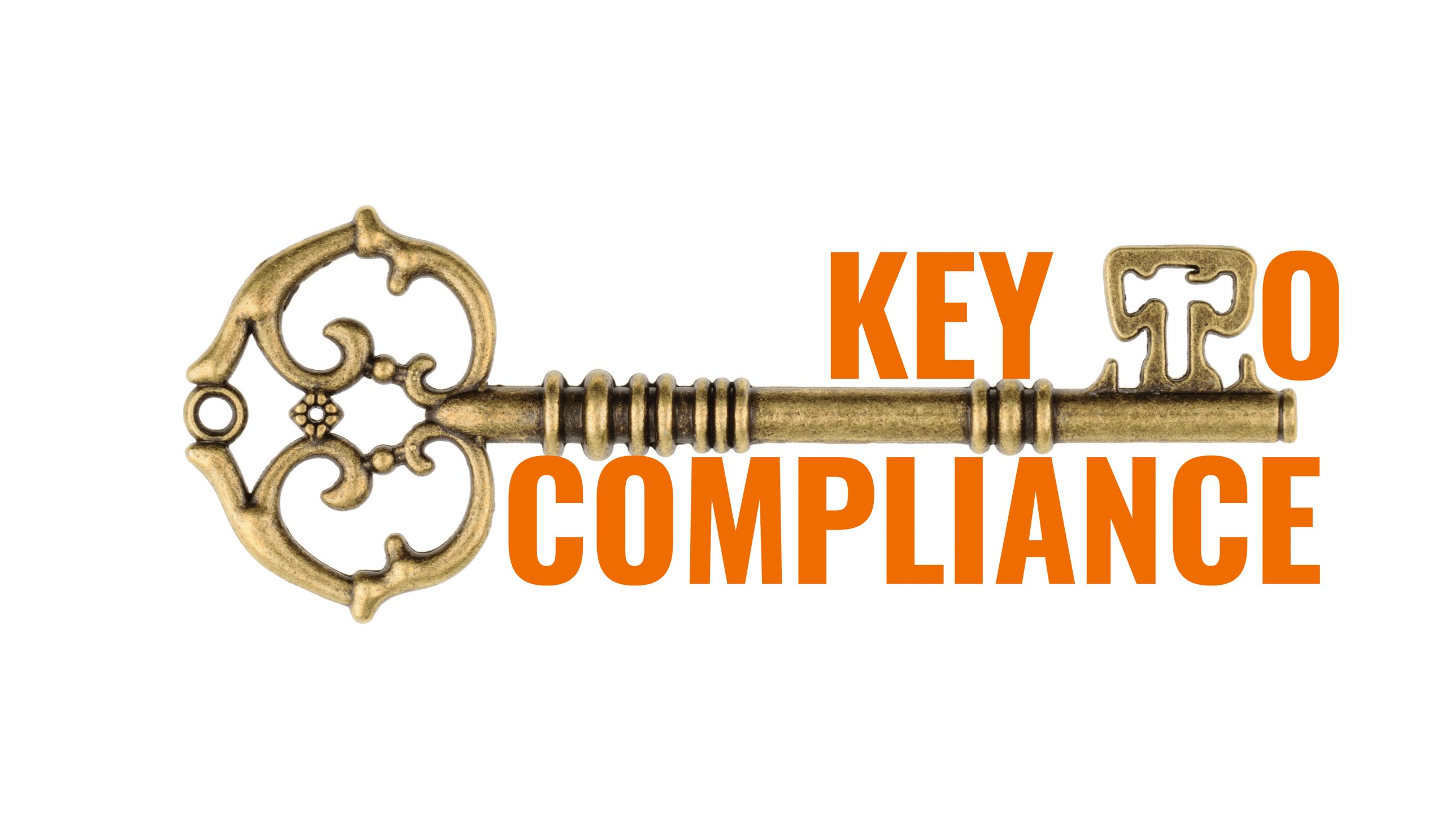Best Practice #1: Push Quality Upstream
• Deploy a web-based system and make it available to outsourcedmanufacturers
• They collect quality data and enter real-time into the quality system
• Quality data is instantly available to OEM quality engineers
• Process metrics are calculated by the system and pushed to quality
engineers every few hours
• Benefit: Engineers spend more time on working with
outsourced-manufacturers to improve process quality rather
than data collection and reporting
• Deploy a web-based system and make it available to outsourcedmanufacturers
• They collect quality data and enter real-time into the quality system
• Quality data is instantly available to OEM quality engineers
• Process metrics are calculated by the system and pushed to quality
engineers every few hours
• Benefit: Engineers spend more time on working with
outsourced-manufacturers to improve process quality rather
than data collection and reporting
Examples –
Large Golf Manufacturer
• Sources components and clubs from dozens of suppliers worldwide.
• Also assembles clubs at multiple facilities around the world
• Process capability monitoring critical to keeping cost of poor quality
Large Golf Manufacturer
• Sources components and clubs from dozens of suppliers worldwide.
• Also assembles clubs at multiple facilities around the world
• Process capability monitoring critical to keeping cost of poor quality
.low in an outsourced operation
• Benefits of implementing a web-based QMS at outsourced-manufacturer
• Data converted into information in a timely manner.
• Information is made available to all relevant parties while the
information is still fresh, thus enabling timely action.
• Engineers can address issues and take corrective action in time and
even before the lots reach the warehouse
• Cpk improved over 70% in 18 months
• Benefits of implementing a web-based QMS at outsourced-manufacturer
• Data converted into information in a timely manner.
• Information is made available to all relevant parties while the
information is still fresh, thus enabling timely action.
• Engineers can address issues and take corrective action in time and
even before the lots reach the warehouse
• Cpk improved over 70% in 18 months
Best Practice #2: Streamline Audits

Other Audit Best Practices
• Clearly defined processes and metrics, so audit can discover unambiguous
process quality issues
• Audit process must incorporate the results of previous audits to track progress
against previous nonconformities
• There is a well defined process for root cause analysis and corrective actions
• Corrective and Preventive Actions are reported formally to all stakeholders
• Clearly defined processes and metrics, so audit can discover unambiguous
process quality issues
• Audit process must incorporate the results of previous audits to track progress
against previous nonconformities
• There is a well defined process for root cause analysis and corrective actions
• Corrective and Preventive Actions are reported formally to all stakeholders
Best Practice #3: Live Supplier Scorecard
Key Metrics
• PPM of Components
• # of Corrective Actions Last Quarter
• Average Response and Resolution time for CAR
• # RMAs Processed per month
• MRB Inventory Levels
• Performance against benchmark
• PPM of Components
• # of Corrective Actions Last Quarter
• Average Response and Resolution time for CAR
• # RMAs Processed per month
• MRB Inventory Levels
• Performance against benchmark
Best Practice #4: Closed-loop QMS
Stand Alone modules
• No Closed Loop Feedback
• No integrated process dashboard
Integrated closed-loop QMS
• Information flows easily from one module
to another
• Powerful drill down and drill across of analytics.
• No Closed Loop Feedback
• No integrated process dashboard
Integrated closed-loop QMS
• Information flows easily from one module
to another
• Powerful drill down and drill across of analytics.

Best Practice #5: Calculating Cost of Poor Quality
COPQ 5% to 30% for most manufacturing companies
• Average COPQ is 20% for a manufacturer
• 1% for a six sigma company
• Over 25% for a three sigma company
• F50 company saved $1B/year in going from COPQ of 9+% to under 5%.
• Average COPQ is 20% for a manufacturer
• 1% for a six sigma company
• Over 25% for a three sigma company
• F50 company saved $1B/year in going from COPQ of 9+% to under 5%.
-Charge backs for additional cost incurred by the OEM due to
• Non-conforming components and materials
• Late deliveries from suppliers
• Introduce discipline and accountability
• Non-conforming components and materials
• Late deliveries from suppliers
• Introduce discipline and accountability
Best Practice #6: Build Business Case for QMS
Supplier Quality System is strategic to an OEM that outsources manufacturing
• VPs of Quality want to upgrade their Quality Systems but
can’t convince others about the investment
• Strategically linking quality with company objectives
• Defining before and after process maps
• Quantifying the value of infrastructure upgrade
• Getting buy-in from stakeholders
• VPs of Quality want to upgrade their Quality Systems but
can’t convince others about the investment
• Strategically linking quality with company objectives
• Defining before and after process maps
• Quantifying the value of infrastructure upgrade
• Getting buy-in from stakeholders
Framework for Defining Business Value
Savings From
• Cost Recovery
• Reduced Scrap
• Reduced Rework
• Reduced Inspections
• Reduced MRB Inventory
• Reduced Line Shutdowns
• Improved Equipment Utilization
• Reduced Warranty Recalls, Returns
• Cost Recovery
• Reduced Scrap
• Reduced Rework
• Reduced Inspections
• Reduced MRB Inventory
• Reduced Line Shutdowns
• Improved Equipment Utilization
• Reduced Warranty Recalls, Returns
